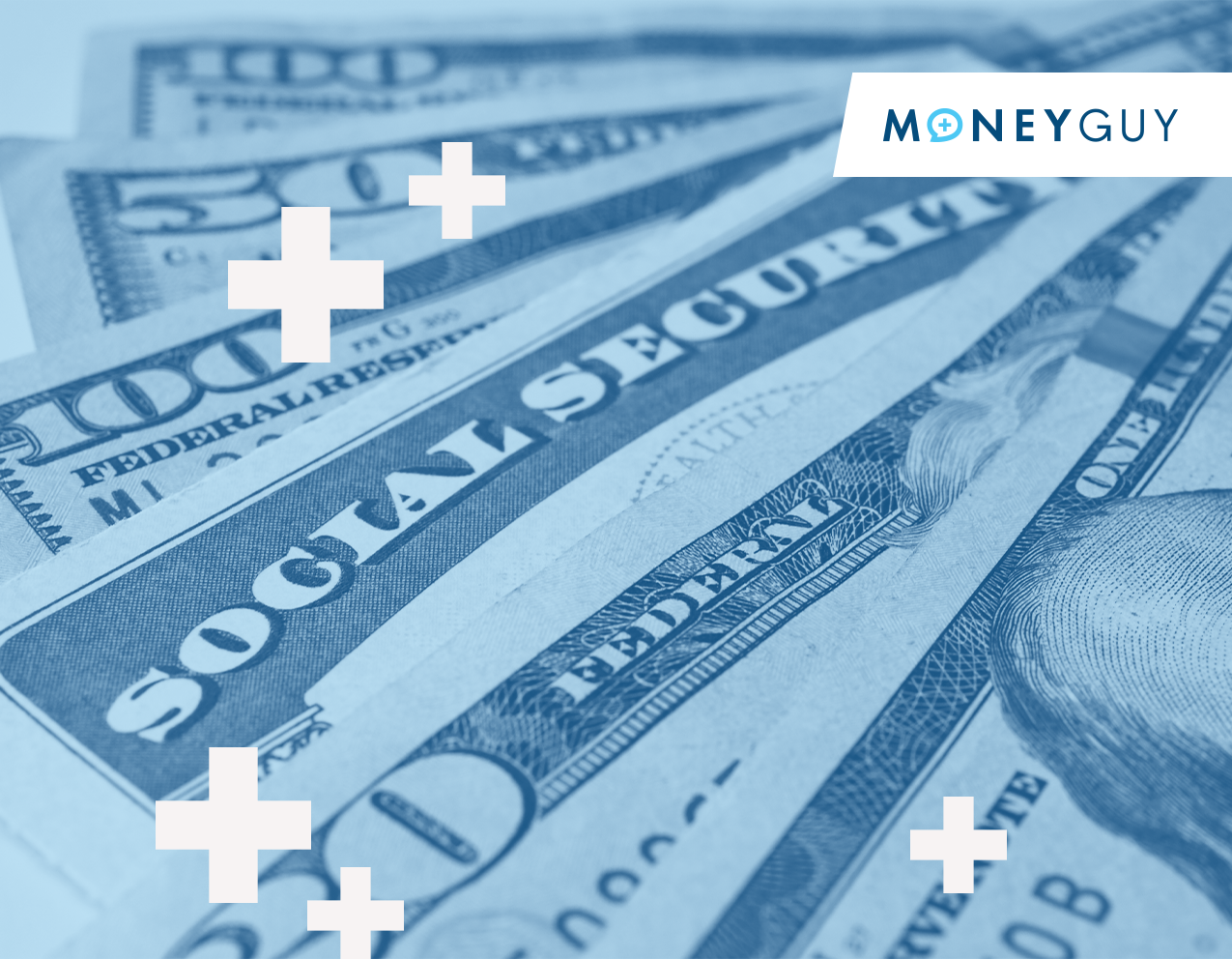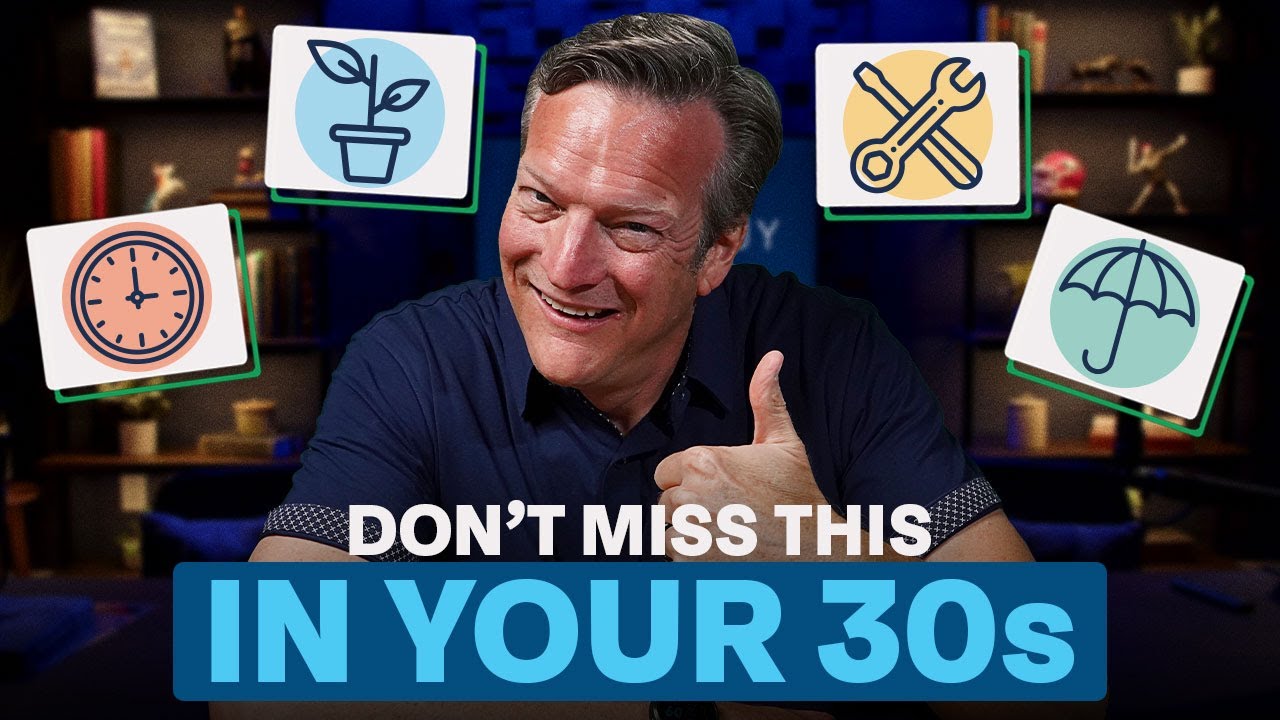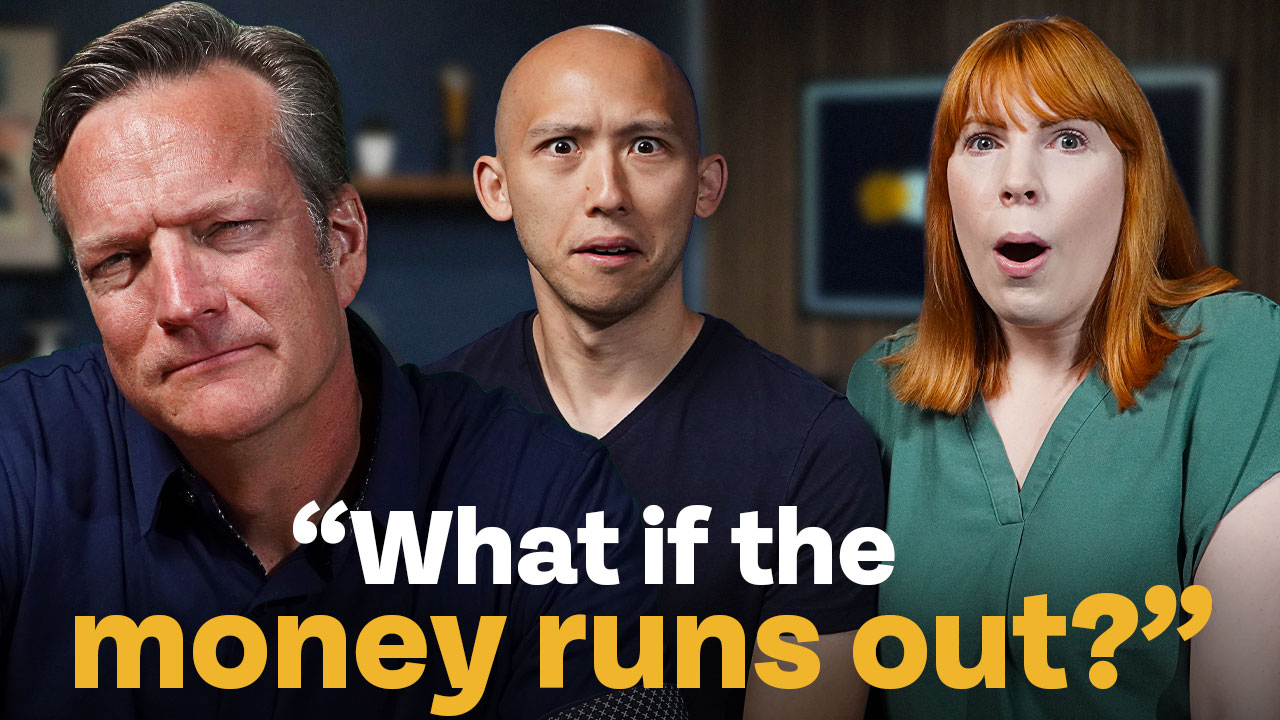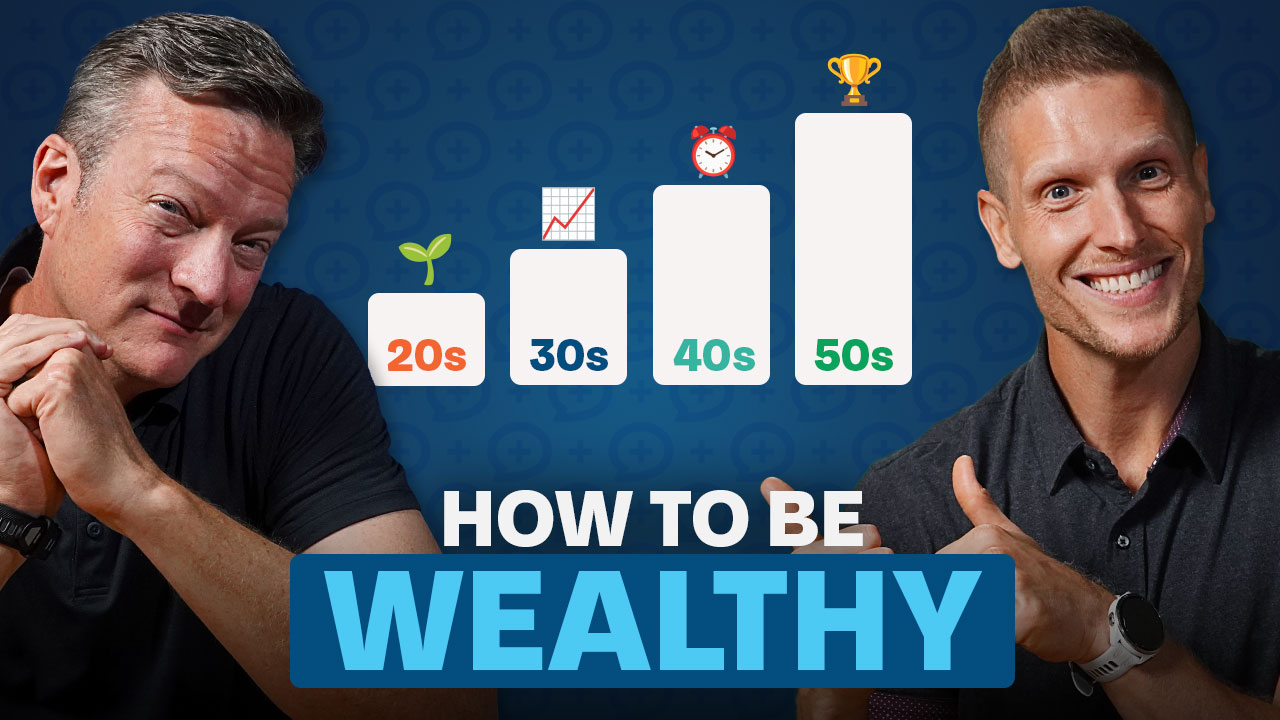So, we talked about how getting an education or advancing your education can be a risky endeavor, but it can pay off. The second one, uh, that we’re going to mention, I think falls into that same camp because this can be a wonderfully, amazingly rewarding endeavor, but it does not come without risk. It can be aggressive, and that is starting a business, leaning into entrepreneurship, building something of your own. Well, don’t you think some of the sizzle of being an entrepreneur is the risk of it?
Oh yeah, because I think that it is known out there in the public sphere that people who start a business, they potentially could make a lot more money, but there’s also a high failure rate. So, it is definitely risky, and we even have some stats that show this: 22% of brand new businesses fail in the first year. I mean, that’s almost one out of four if you think about it like that’s one out of four businesses that close. To seven out of 10, so 66% fail in the first 10 years. And I even thought it was interesting; we found this stat that only 9% of small businesses make over a million dollars annually. So maybe that sizzle that I was talking about isn’t as large as most people think because it’s not even something that happens quickly. I think most people would be shocked to find out if you start a business; you better plan that it’s not going to be profitable for 2 to 3 years. It takes a while to catch traction, and that was your experience, right, when you started it? It wasn’t something that, out of the gate, you hung the shingle and all of a sudden, money started flowing in.
So, if it is risky in those ways, why do people do it? Well, the first one you already hit, Brian; you said, hey, a lot of people start a business because they want more freedom, more flexibility, more control over their time. Would you say that was true of you when you set out on your entrepreneurial journey?
Yeah, I mean, you guys, I’m an accidental entrepreneur. “Accidental entrepreneur” is not the right word; I had a life-changing – I always say the clarity of trauma. My father passed away, I didn’t like that I was leaving the house before the sun came up, coming home after the sun went down, and I fast forward thought about myself, and I was like, there’s no way I’m going to be able to replicate or benchmark and do as good of a job as my father did living this life. So yes, I did. I started my first company so I could live life on my terms, AKA freedom. And then I also wanted to make an investment in my family and the community, and I needed the flexibility to make that happen. So that was the dream.
So not only could you control your time, but also when you think about entrepreneurship and small business owners and even large business owners, there is the potential to make a lot more money, right? You’re no longer, you are now the boss; you’re no longer depending on someone else to give you your pay raises, someone else to give you your bonus. As you get to be in the driver’s seat, but just because that potential is there does not mean that it’s a certainty, right?
Yeah, I think that if this is your “why,” you need to be careful because it’s not assured. I mean, this is the biggest thing I took away, is that there’s a lot of opportunity costs when you start an endeavor. Realize you’re going to be two to three years just to catch your traction. It also takes maybe a year or two of preparation where you’re going to be saving up lots of cash and bridge money to get there. So there’s just a lot going on there. And then when you actually dive into the statistics, the actual average small business owner only makes around $62,000 a year. So that’s like I said, the sizzle is there, and there is definitely – I think that I love that we work with a lot of very successful small business owners. But it is not the given; it is not the rule for everyone. It’s kind of the exception; that’s right.
So let’s talk about how you’re going to do it right. If you are going to pursue an entrepreneurial endeavor, how do you do that? Well, the number one thing that we think probably is the most important is to make sure that you have a bridge account. Make sure you have money in the bank that can bridge you through those difficult times because your very first customer might not show up on day one. Your very first client might not sign up on day one. So you want to make sure that you plan and plan and plan and plan so that you have resources to keep your life out of the ditch. Because just because you go out on your own doesn’t mean that you’re not going to have to pay utility bills. You’re not going to have to cover the mortgage; you’re not going to have to cover groceries. All the bills are going to show up even when your steady 9-to-5 income goes away.
Well, I think this is why most of them fail, actually, is because it’s not that the passion isn’t there. It’s not that the talent might not even be there. It’s the lack of preparation to have the bridge account to get you through that hard three-year period that you’re trying to get clients or get your product out to market. It takes time, and a lot of people just get so excited that they skip the step, and that gets them in trouble. So, I would say, don’t just make sure you have the money, the cash to get you through that bridge period. And that also leads to the next thing because I think people, that’s where they should start, is the bridge account. But they start at step two, which is, hey, what do I have a passion for? What are my talents? And you should really, you do need to stress test, am I the top 5% of whatever I think I’m trying to do? Because if you’re not honest with yourself, you might get yourself in a tough situation. I’ve got so many friends that fall into this camp. “I want to be a business owner. I want to start a business.” Okay, what are you going to do? Oh, I don’t know; I just want to be a business owner. I’m like, oh, if you’re maybe you ought to start with what unique skill do I have that the world needs that I can lean into and not, oh, I just want to be the boss, and I want to work four days a week, and I want to make a gazillion dollars. You have to know that you actually have a value that the marketplace will compensate you for. And if you’ve not figured that out, I worry that you’re just landing on a dream and not actually landing on a plan.
Well, and here’s something, let’s give you an exercise to actually put pen to paper or to actually start creating the plan. We always say put on your 3D glasses so you do this the right way. And here’s what I’m talking about when I say 3D glasses. I want you to look at this scenario, the goal of what you’re trying to create through three different scenarios. And I want you to plan for each one of them. I’m talking about actually do a 5 to 7 cash flow plan so you make sure you have your bridge account as well as your plan for how this happens. And here’s the first one, your dream plan. This is the easy one; it’s easy. Everybody wants to think about this. It’s the sizzle of, oh my gosh, we’re going to be rich. That’s the dream. Then next, I want you to be honest with yourself. This is the down-to-earth plan. This is what you think is going to happen based on that. But then, of course, and don’t skip this step, this is the unfun one. It has a fun name, but it’s the unfun step, the doodoo plan. This is when, oh my goodness, it’s gone horribly wrong. How do I recover when this thing goes sideways really quick?
Failing to plan is planning to fail, and then we have found the most successful entrepreneurs are the ones who can plan through the failure, meaning they see where the risks are; they understand what the doodoo plan looks like, and they have contingencies in place that even if it goes this way, I know I’m going to be okay. I know I’m going to be able to make it through that. If you don’t do that step and things start to get difficult, they start to turn out, you’re going to wake up and find that you were lost wandering around this thing that you thought was going to be so wonderful. Don’t find yourself there before you take on this very risky endeavor. Make sure you’ve measured twice, cut once before you jump in headfirst. That’s great. For more information, check out our free resources.













